Here we are, in February, and you may be thinking, “why is my child so crabby after school?” I’m hoping to shed some light on this for you and give you some ideas to help those after school, evening hours.
Your child has been “on” all day at school. They must follow the group plan, exhibit immense self regulation, navigate social situations, follow multi-step instructions requiring intense executive functioning, and possibly even cope with feelings that creep into their heads that they are not good at something, someone does not like them, friends leaving them out… there is a whole host of events that happen in their school day that they must deal with. It is really no wonder that at the end of the day your child may take it all out on you. Finally, someone they love and feel safe with and they can unload that weight they carried through the day.
There are days when we, as adults, come home and just want to sit on the couch or read a magazine, have a snack and have everyone leave us alone. *Usually* adults are able to express this in a pleasant way, but children need to develop that skill and depending on their age or how their day went, they may not have the language to express this without being just plain, old grumpy. What we can do as adults, is give them the strategies to do so as well as help them check in with themselves to advocate for what they need.
From an occupational therapist lens, this means helping them (and us) recognize the sensations in our body. Are they hungry? Sometimes, your child may not even be able to tell you they are hungry because they are so beyond the point of tired, drained, mentally fatigued, AND hungry so having a snack ready for them is key. Be sure you have a variety of food groups covered as well as textures that way you are filling their sensory needs as well- crunchy/ chewy/ maybe cold or hot too. Smoothies are a great way to get some quality nutrients as well as some deep proprioceptive input as they suck it through a straw.
Think of crunchy snacks like carrot sticks, veggie straws, popcorn, apple slices with various dipping options. Chewy snacks like turkey or beef jerky, salami, mini bagels with cream cheese and fruit leather also provide a lot of sensory feedback!
Aside from snacks providing sensory input, if your child loves to dig consider sitting outside with them and their snack and bringing out a sand bucket and shovel. Provide a sensory bin that they can scoop and pour. Sometimes, just sitting with them in silence while they find the FLOW of the activity allows them to decompress and the words to tell you about their day may also begin to flow out.
Depending on your tolerance for sensory bins here are some of my favorites! Remember, there are great non-edible options like corks or shredded paper, ice, or cracked corn and bird seed that can then be repurposed as bird feeders!
If your child has homework, a great way to get them ready for sitting down yet again is to give them an opportunity to move around or build with Legos and infuse that into the homework with breaks. I also love using play dough for the younger school-age child (even up to 3rd grade) for math and cursive because not only is it fun to write in play dough, but the tactile and kinesthetic feedback will help the brain remember the math fact/ spelling word/ or motion of cursive! Give it a try! Use manipulatives in the dough for math skills!
Some of our other favorite after-school activities aside from just open-ended play time at home, is watercolor painting, having this Buddha Board out for some calming water painting, placing a bucket of water and some brushes outside to paint the walls with water, swinging, and playing on the wobbel board!
So tell me, what do you do to help your child after school? What do YOU as an adult like to do to decompress at the end of the day? It is so individualized and recognizing that in our child while we help them understand what their body needs will pay dividends as they grow!
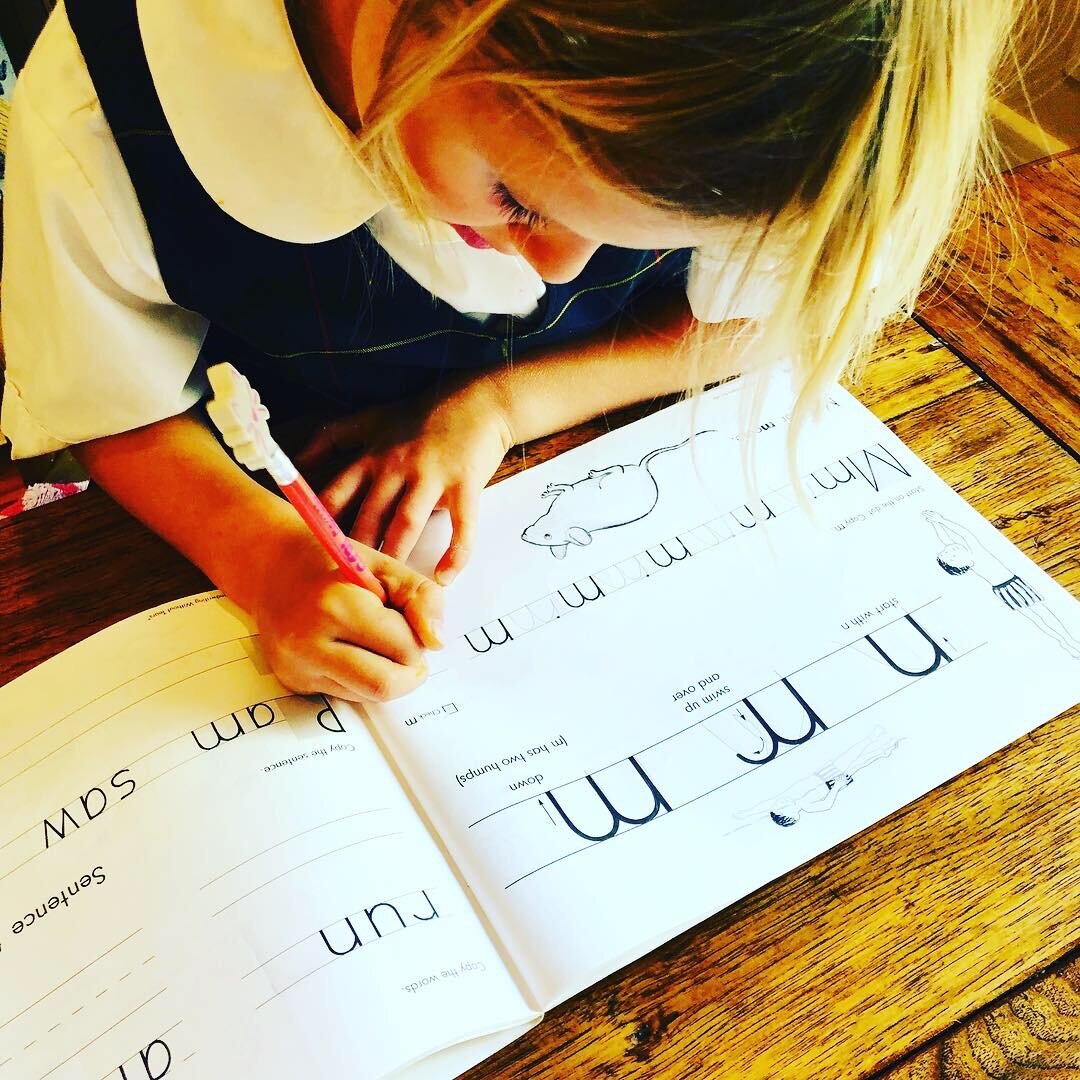





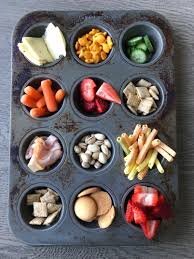






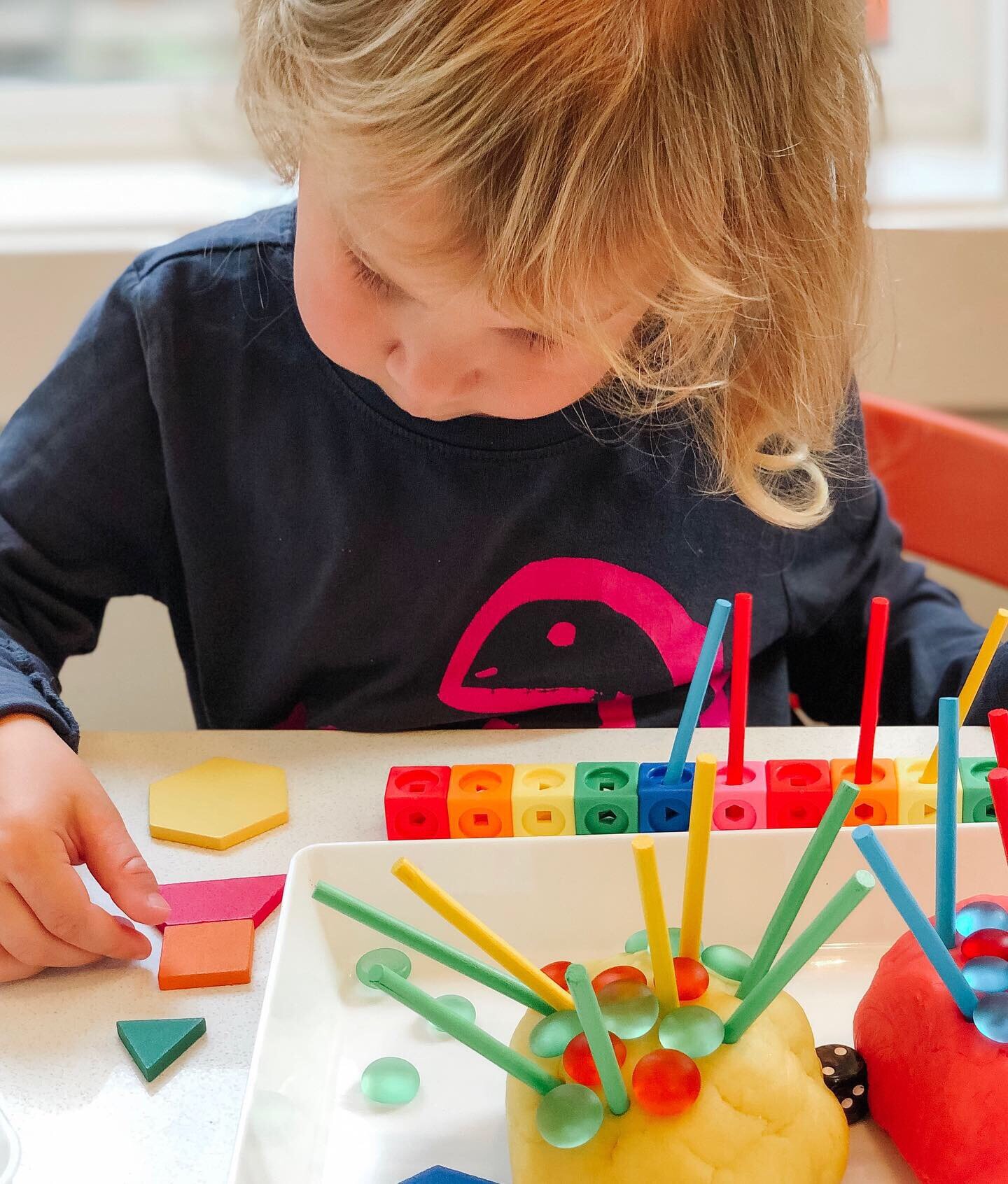


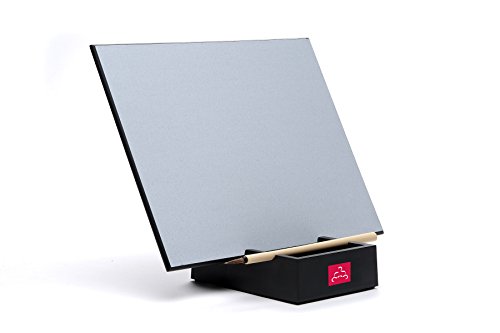





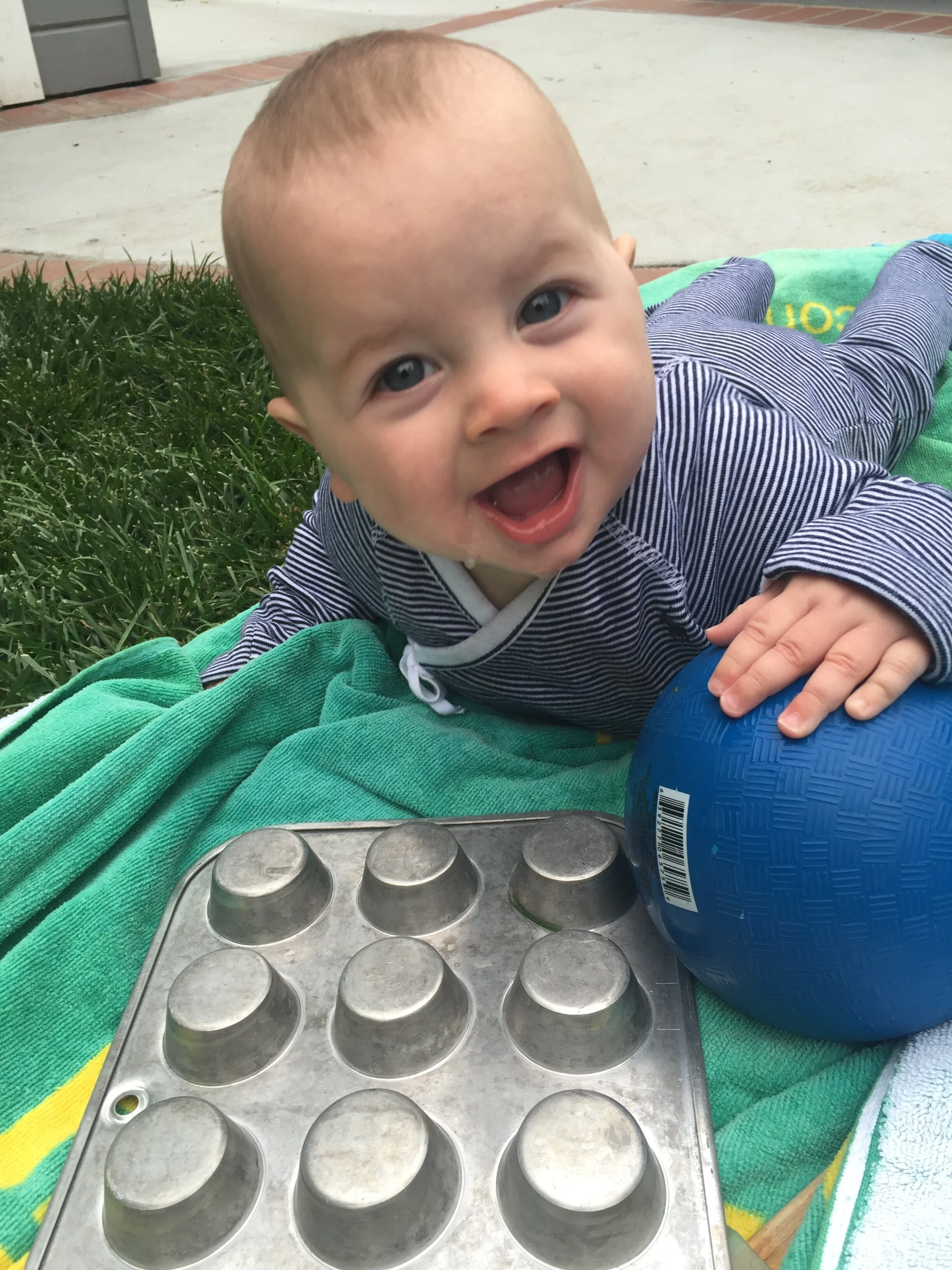


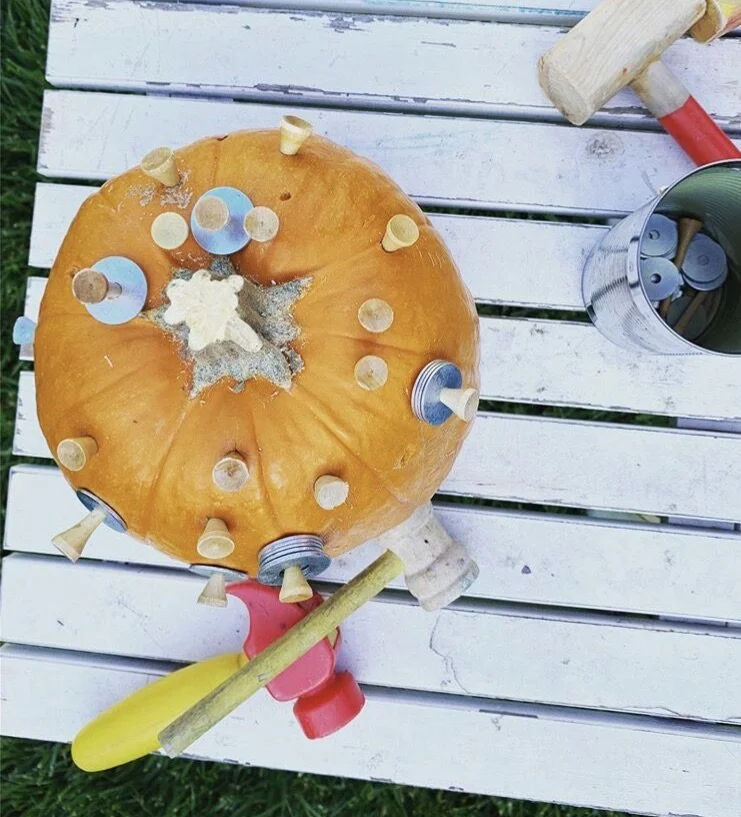







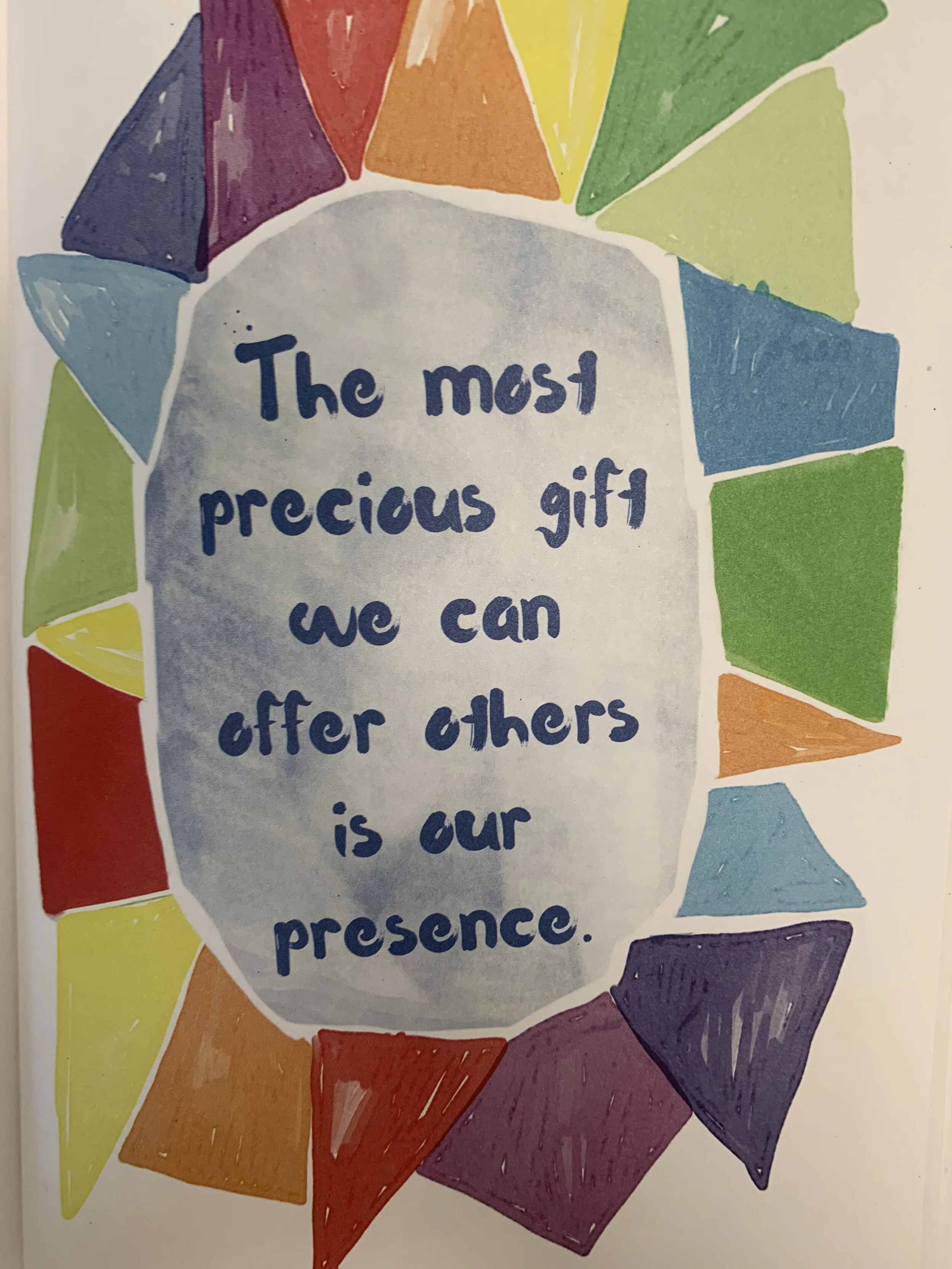

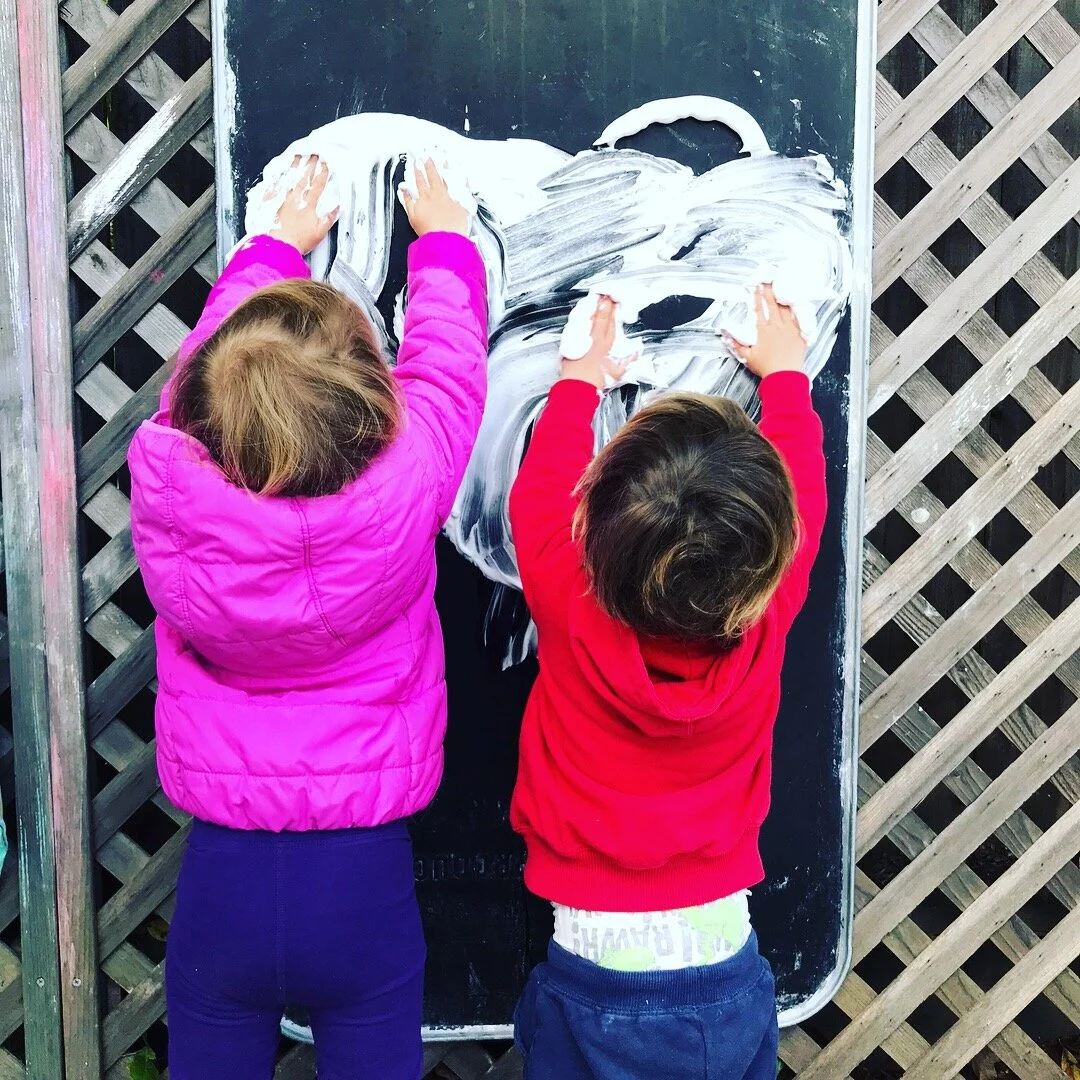

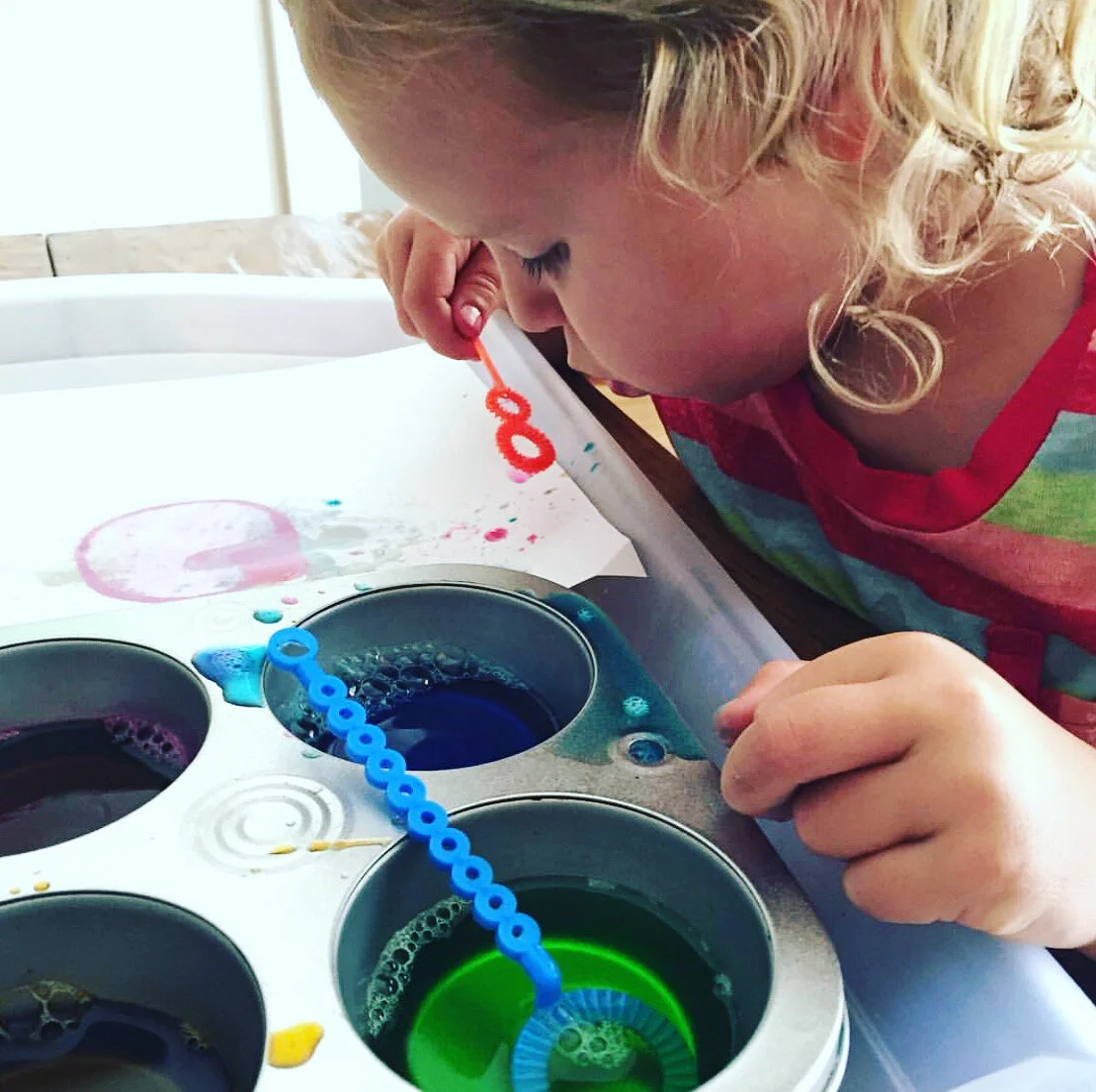



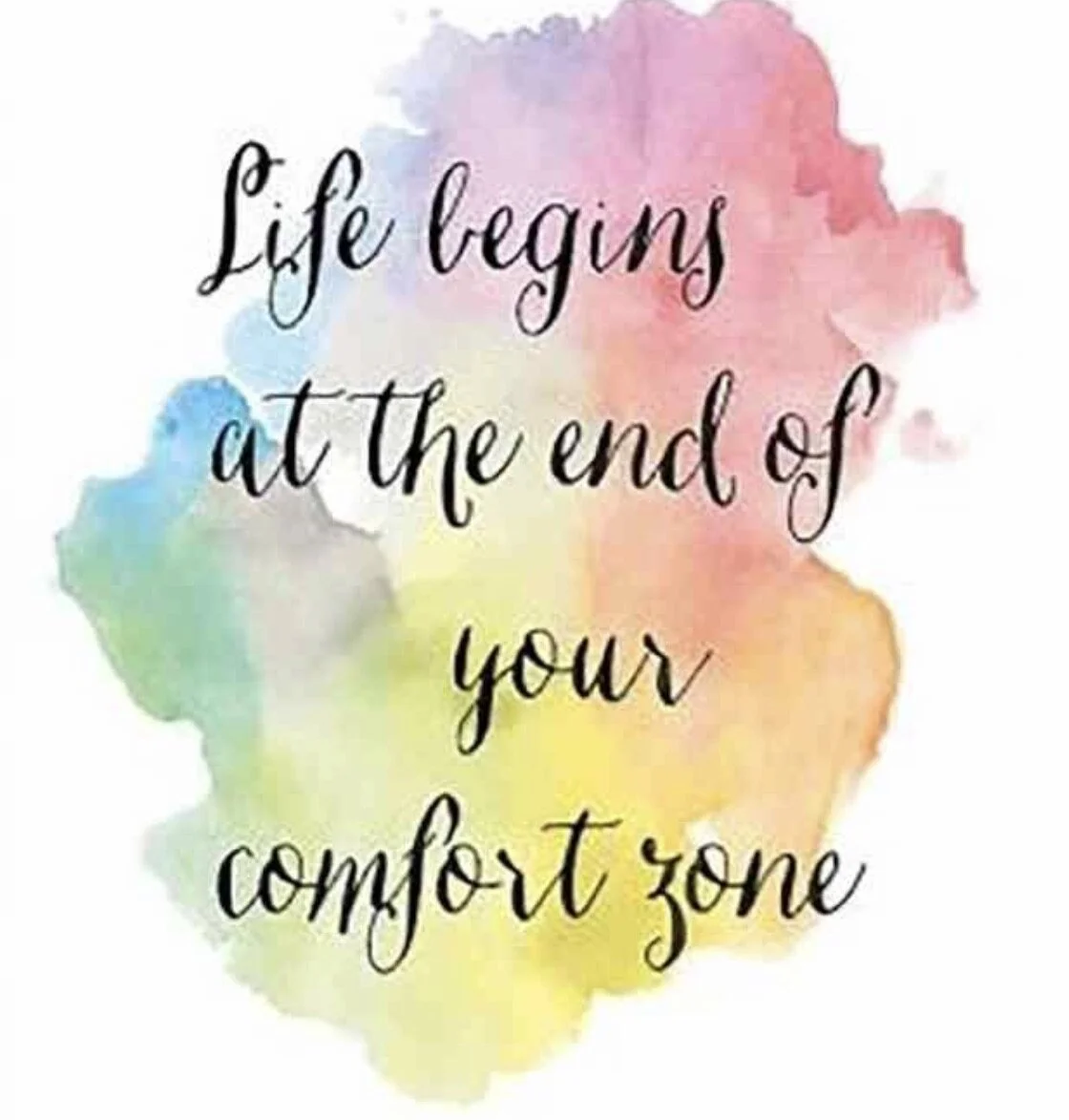
A look at some of the reasons why handwriting is important